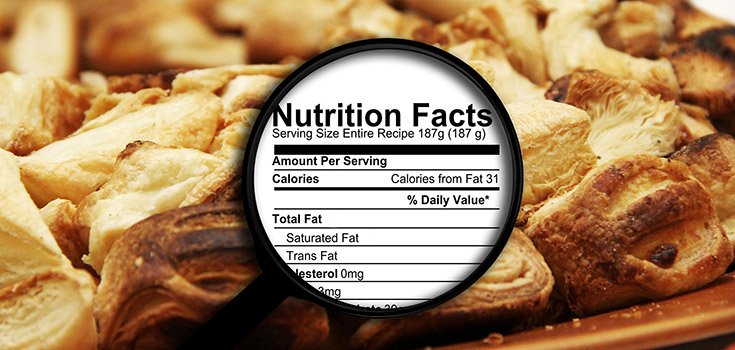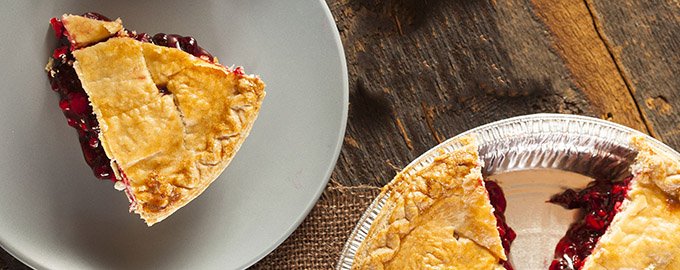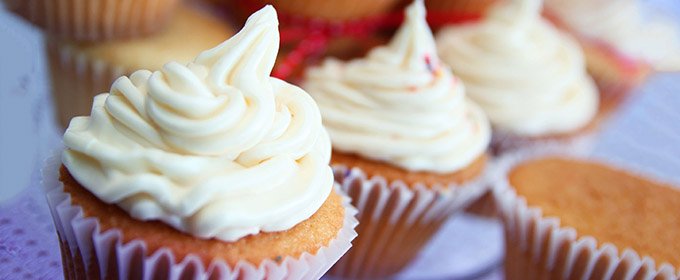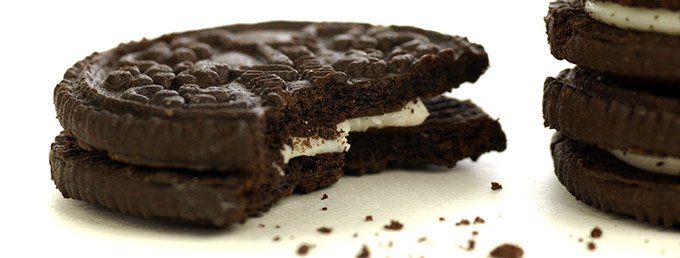3 Ways Banned Trans Fats are Still Lurking in Your Food

Last month, the FDA ruled that trans fats are not “generally recognized as safe” for use in human food and gave manufacturers three years to remove them. Companies have been required to list trans fat content on their products since 2006, and while many consumers are happy to see “Trans fats 0 grams per serving” on food labels, that doesn’t mean the product doesn’t contain any partially hydrogenated oils (PHOs). This is one way trans fats are still lurking in your food. [1]
Companies which produce foods containing less than 0.5 grams of trans fat can round that number down to zero. The American Heart Association recommends that based on a 2,000 calorie diet, individuals should consume less than 2 grams of trans fats per day (preferably 0 grams), so the lack of transparency on the part of manufacturers makes it easier for consumers to reach and even exceed two grams of trans fats each day. [2]
The best way to avoid trans fats is to know where they’re lurking. Here’s a breakdown of the favorite “hiding places” of PHOs:
1. Baked Goods

Many pie crusts contain vegetable shortening, which may contain PHOs. Boxed pancake and waffle mixes, boxed cake mixes, and packaged cakes and sweet rolls often contain trans fats as well. Your best bet is to make these items from scratch.
2. Products with a Creamy Texture

Artificial coffee creamer, packaged icing, “frozen dairy desserts” that companies try to pass off as ice cream – they’re all mouth-watering, but none of them are heart-healthy. Again, homemade is always better than packaged, and a little half-and-half in your coffee is a lot safer than the multitude of flavored non-dairy items you find on store shelves.
Read: Butter Vs. Margarine – Which is Better?
3. Snack Food

Microwave popcorn, frozen fried foods, and some of the most popular cookie snacks are the worst offenders when it comes to snacks containing trans fats.
If you see that a product claims not to contain any trans fats, search the label for “partially hydrogenated oil.” If you find those three magic words, you know you’re getting trans fats.
Stick to the whole foods items in the produce, meat, and dairy departments. Purchase items that are as close to their original state as possible. Trans fats are the furthest thing from natural; the cholesterol-boosting substances are created by adding hydrogen to a liquid oil molecule, which turns the liquid oil into a solid.
Lastly, cook your own food and avoid partially hydrogenated cottonseed oil, partially hydrogenated palm oil, partially hydrogenated soybean oil, partially hydrogenated vegetable oil, and partially hydrogenated canola oil, which are loaded with trans fats.
Eating healthfully requires a little more effort, but hopefully that translates into a longer, healthier life, which is a good trade-off.
[1] CNN
[2] CNN
